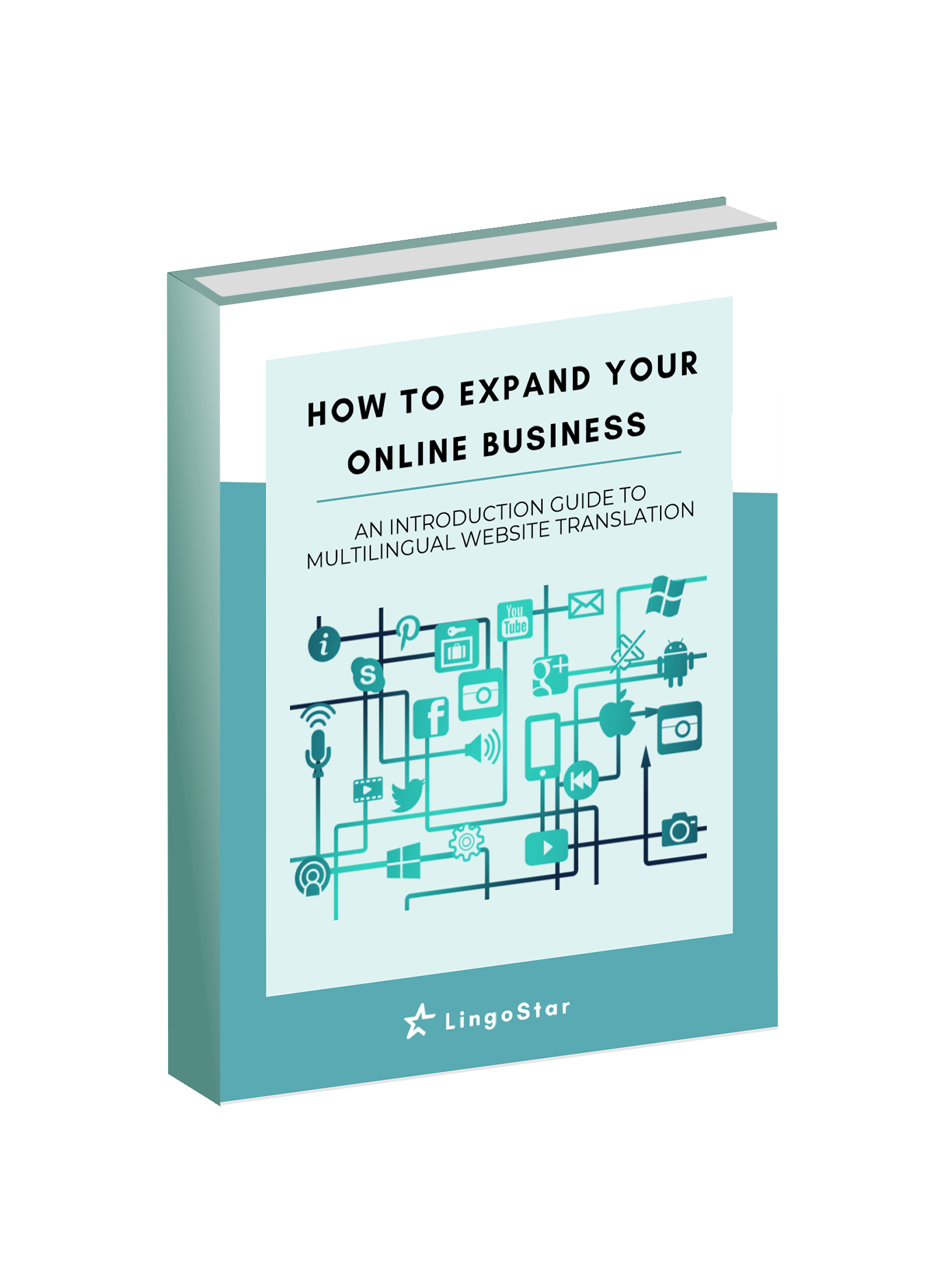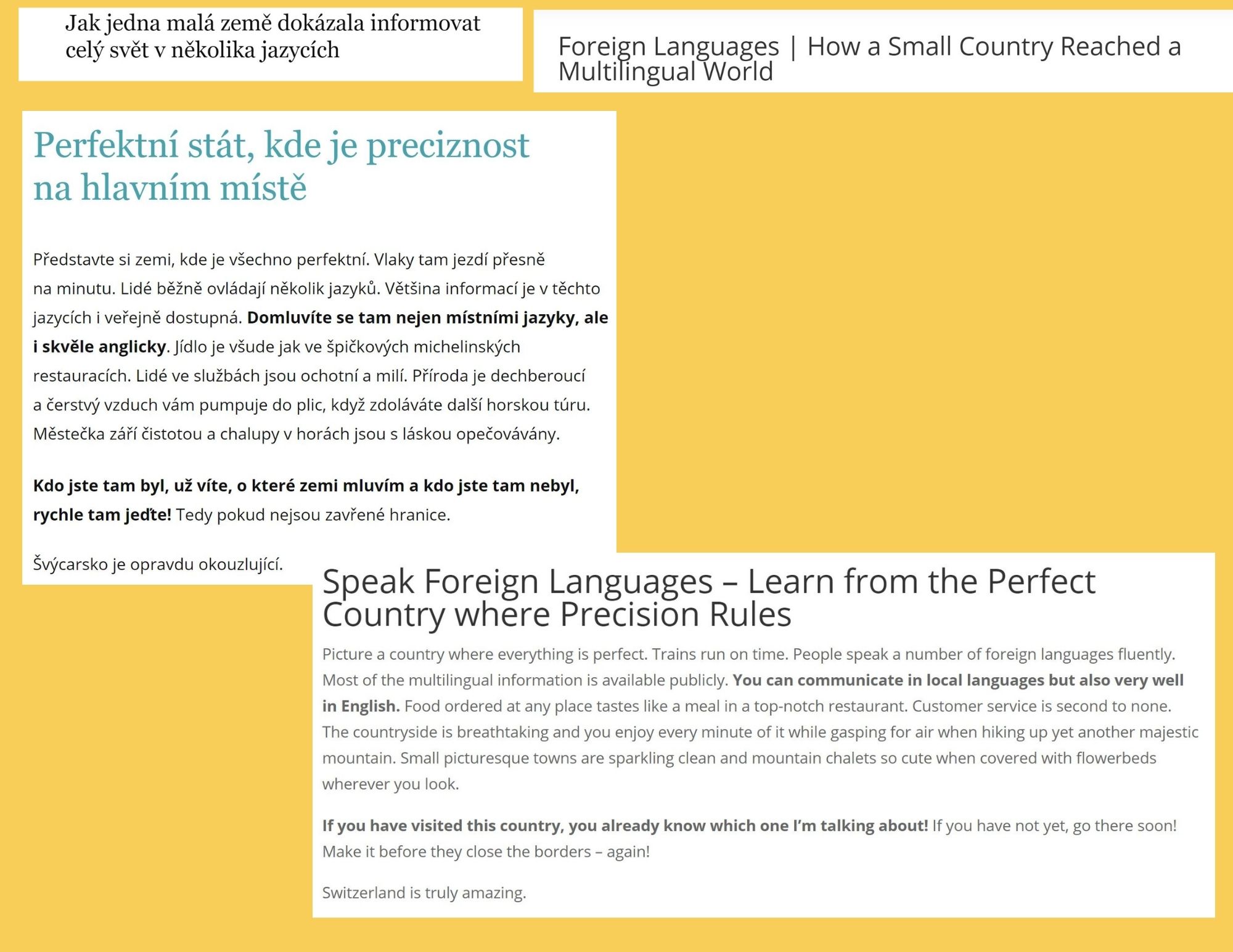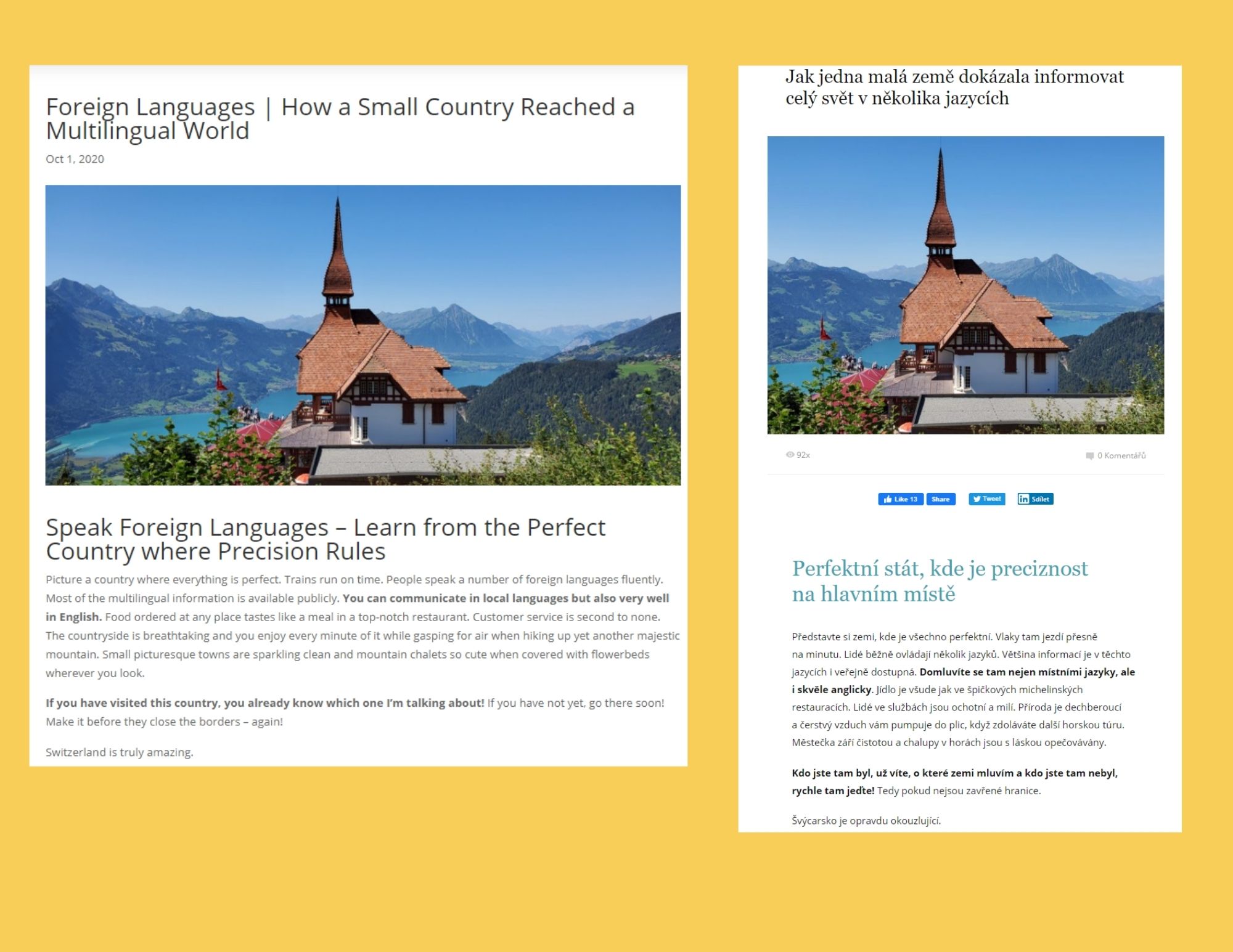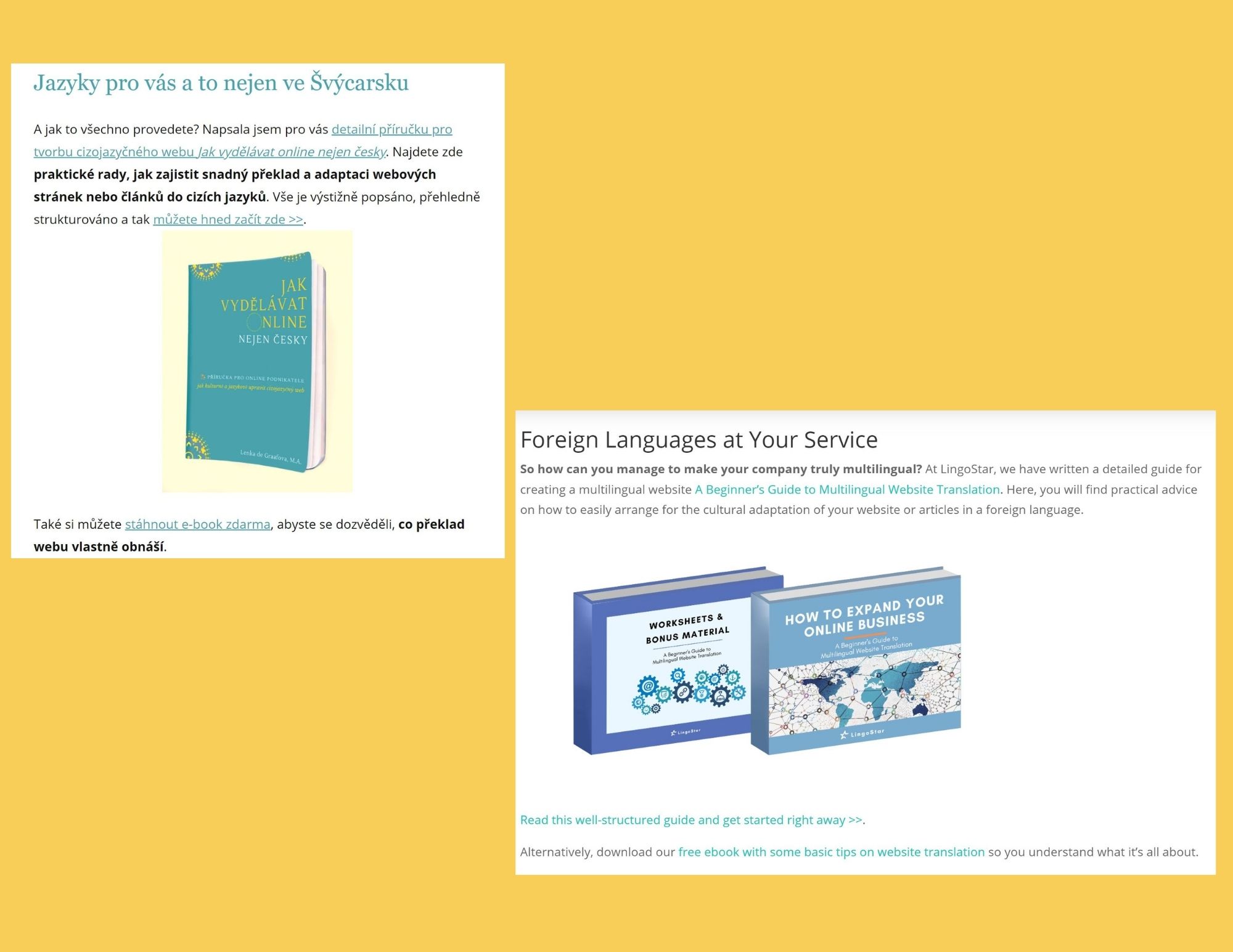Writing a foreign language blog post: now you don’t need to put it off any longer with these 5 simple steps.
Do you speak a foreign language well?
Do you have thousands of ideas for your foreign language blog posts or articles?
You may be thinking about writing a foreign language blog post in other languages every time you meet a new client. Do you think it’s about time you made your website available in a foreign language?.
Do you keep trying to get it done but work always gets in the way and your foreign language website ends up at the bottom of your to-do list again?
Is your website already available in foreign languages but you struggle to find the time or motivation to actually start writing articles in those languages?
If you’re a frequent blogger, then your English articles are most likely very popular. Naturally, you want your foreign language blog posts to be popular as well! At the same time, are you a little worried that your foreign language writing may not be perfect?
Writing a foreign language blog post does not need to be your worst nightmare. You don’t need to hold a university degree to start writing. A sound knowledge of a foreign language is usually sufficient. Sometimes, you can even do without it! The secret is to know a few tricks about how to do it right.
WATCH OUR VIDEO ON HOW TO PUBLISH A BILINGUAL BLOG POST ON OUR YOUTUBE CHANNEL >>
Once you do, you’ll finally get a sense of pride when hundreds of readers suddenly visit your website – not only from English speaking countries, but also from non-English speaking European countries, or from other countries around the world!
It’s also very fulfilling when your readers start writing comments in a foreign language, enquiring about your services, and buying your online products in another language. Ultimately, this is what you’re aiming for! Knowing you’ve done a good job is always a great feeling. This is what a global business is all about! And I assume this is the reason you’re reading this post right now?
Become A Global Blogger and Entrepreneur
So, how do you achieve that?
Let’s take a look at the options you have to create foreign language articles quickly and easily. Also, feel free to check out this interview with our Managing Director on how you can start building your global online business. Find out how you can adapt your website in any foreign language and start selling internationally!
WATCH OUR EBOOK INTERVIEW VIDEO ON YOUTUBE >>
If you download our FREE EBOOK or our EBOOK about multilingual website translation, you’ll learn so much more about this interesting topic.
Your 5 simple steps to write your foreign language blog posts efficiently:
1. Write your post in English and translate it into a foreign language yourself.
If you already have a post in English, edit it in the foreign language so it makes sense to people who do not live in an English speaking country. Therefore, remove any cultural references that point specifically to the British or North American language and culture.
2. Write the post in a foreign language of your choice and translate it into English yourself.
Simply, start writing in a foreign language. If you want to have the same article in English as well, write both texts at the same time, otherwise you may not get the time to finish it up later on.
3. Write the post in any language and use an online machine translation tool to produce a rough translation.
Using this option, you’ll run the original text through an automated online translator and it will roughly translate the article for you. However, you’ll need to fix the article yourself because machine translation tools need the creativity of a human brain to make the article readable to people. I wouldn’t really recommend Google Translate. Instead, I’d recommend matecat.com, where you can find different translations to choose from for any given term. Above all, use machine translation tools with caution and always carefully adapt the text to your needs.
4. Write your text in any language and use the services of a professional translator.
Write an article in the language that you feel the most comfortable in. Indeed, English may not be your native language, even though you’re very good at it. You may feel comfortable writing in a language that you use for work, school, or in a family setting.
Contract a translator and agree on a price and delivery date. You can get short articles translated within 24 hours. Thanks to the internet, you can use the services of translators all over the world. Consider the time zone differences. At night you provide a translator with your source article and they’ll translate it during their day. Since they live in a different time zone, you’ll wake up in the morning and the translation is done. This works, for example, between Europe and the western coast of North America, where there’s a 9-hour time difference. While you’re sleeping, a translator is working away to translate your article.
5. Write a brief outline of your post and contract a translator or copywriter to write the article in the target language for you.
Having this option, you’ll come up with the topic of your article but you no longer have to sit down, write it, translate and publish it. You just hire a professional to create it for you. Then it’s up to you whether you contract them to write an English or a foreign language post for you.
Naturally, choose copywriters and translators who are native speakers of the target language. Also, check their experience with writing blog posts. When you need an article quickly and without too much effort on your part, it’s better to invest in the services of experienced professionals. Then you’ll have your article done within 24 hours.
WATCH OUR VIDEO ON HOW TO PUBLISH A BILINGUAL BLOG POST ON OUR YOUTUBE CHANNEL >>
A specific example of a foreign language blog post from an English & Czech blog
I work in a translation agency and regularly publish bilingual articles on my English and Czech websites. Each website targets a different type of clients from another country. In Czech, I target online entrepreneurs from the Czech Republic, and in English, I address corporations in Canada.
Below is an English and Czech article that describes the use of various languages in multilingual Switzerland (click on images to enlarge them). The theme and pictures are the same but the translation is adapted for each particular target group. If you speak both languages, you can compare the texts in the first paragraph of each article. You will see that there is no literal translation. It’s actually translated freely to evoke a dreamy image of Switzerland and to encourage the readers to keep reading. Furthermore, at the end of each article, you can see different e-books on offer because there are different digital products for sale in each target language.
Foreign Language Blog Posts Describing Your Daily Work
In a similar manner, you can describe your daily work in both languages and publish bilingual articles on your website. If you provide services, you can describe your projects and how your clients benefit from them.
For example, every week I work with a team of translators on a different translation project entrusted to my company by our regular clients. I really enjoy managing language projects for our clients because every day I know I help people from different countries understand one another.
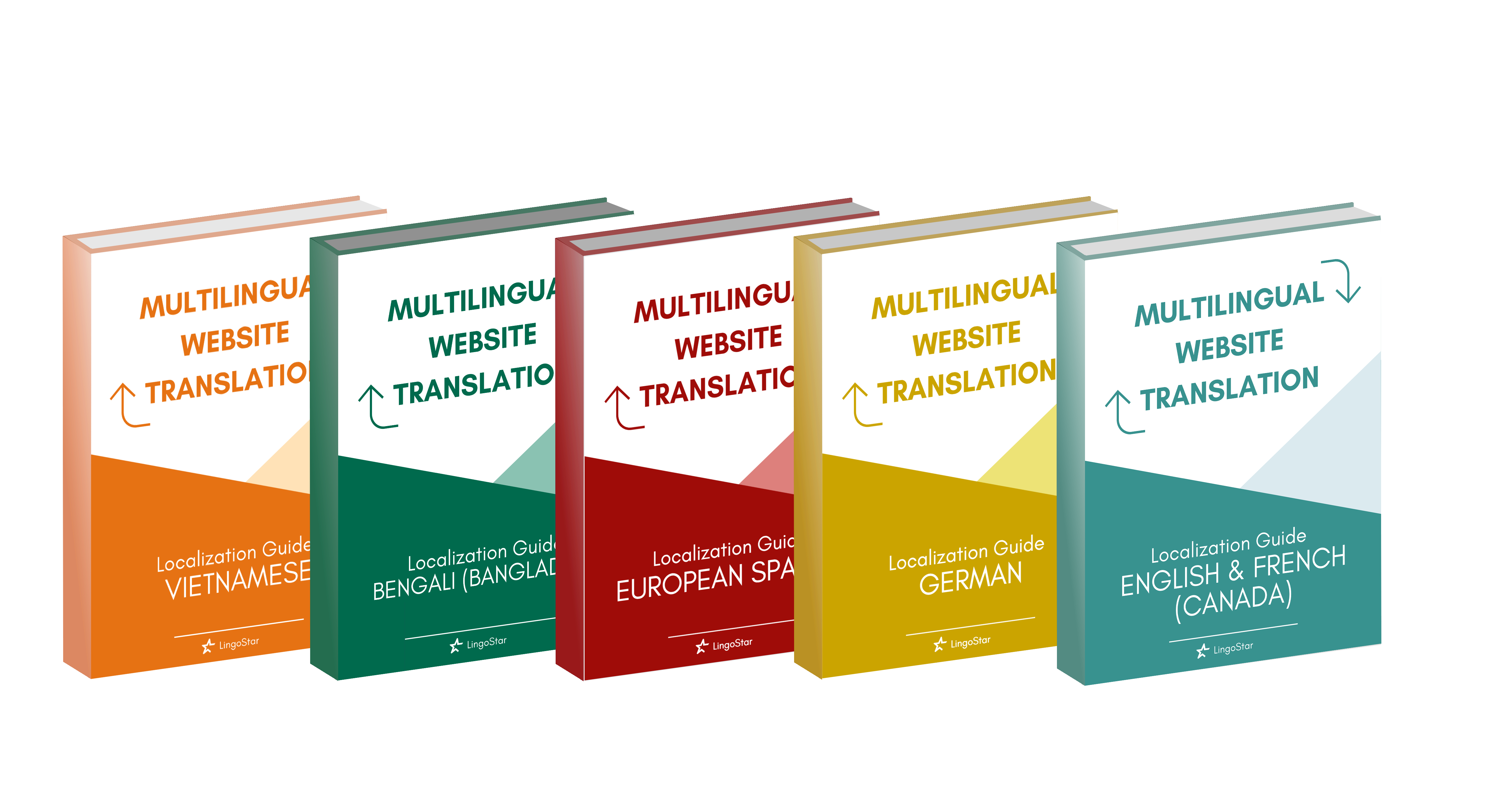
Nowadays, writing comes quite easily and naturally to me. I will jot down an idea and write an overview of the project in a few quick points. Then I’ll describe the project itself in English or Czech, or I’ll have it translated by our translators into another language. Then I’ll edit the text as a web page or blog post and click Publish! It’s that simple!
However, it’s not always been that easy for me. But over time, anyone can do it! Including you!
Multilingual Blog Post Example
As an example, below is another article explaining to clients the situation in our company right at the beginning of the coronavirus crisis in the spring of 2020 (click on image to enlarge it). It describes how we can help our clients communicate during times of crisis in foreign languages. The article is in English, Italian, German, Spanish, and French. Read the article here >>.
Keeping your customers informed in their native language is key, especially in times of crisis!
Translation Services for Your Online Business
If you have any questions or need to have articles translated from English into any foreign languages or vice versa, contact us at LingoStar Language Services. Take a look at the large variety of translation services we offer >>.
Good luck with your multilingual blog posts!
Feel free to comment on our social media platforms below about the languages you use for writing your blog posts. Spanish or French anyone?
Sincerely,
Lenka de Graafova
Managing Director of LingoStar Language Services Inc.
Read this article in the CZECH language here >>
WATCH OUR VIDEO ON HOW TO PUBLISH A BILINGUAL BLOG POST ON OUR YOUTUBE CHANNEL >>
Subscribe to our newsletter for updates and promotional offers!
Download our FREE Multilingual Website Translation Guide here >>

